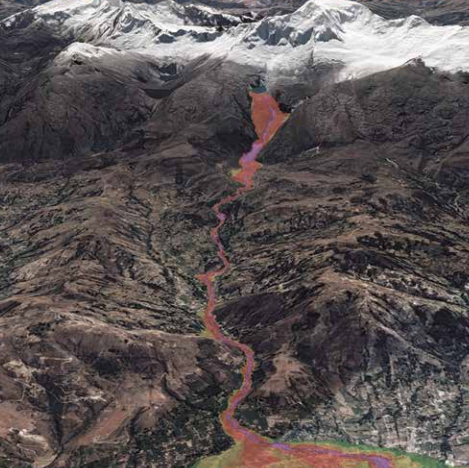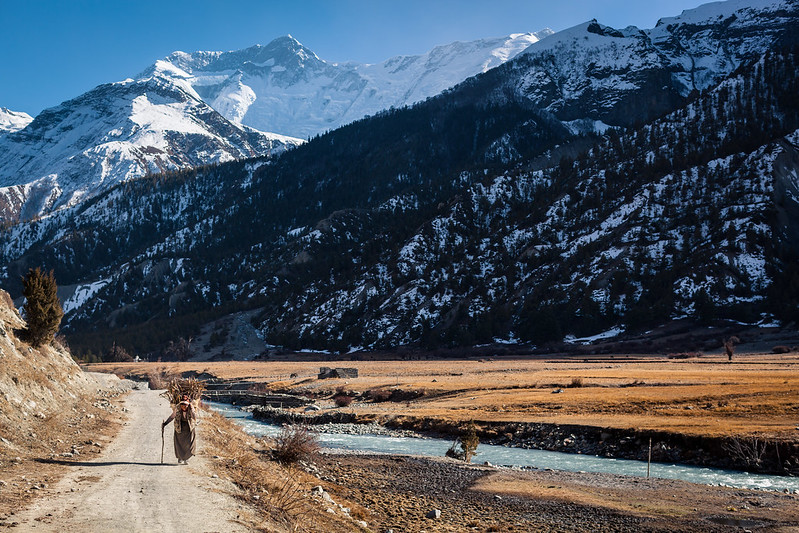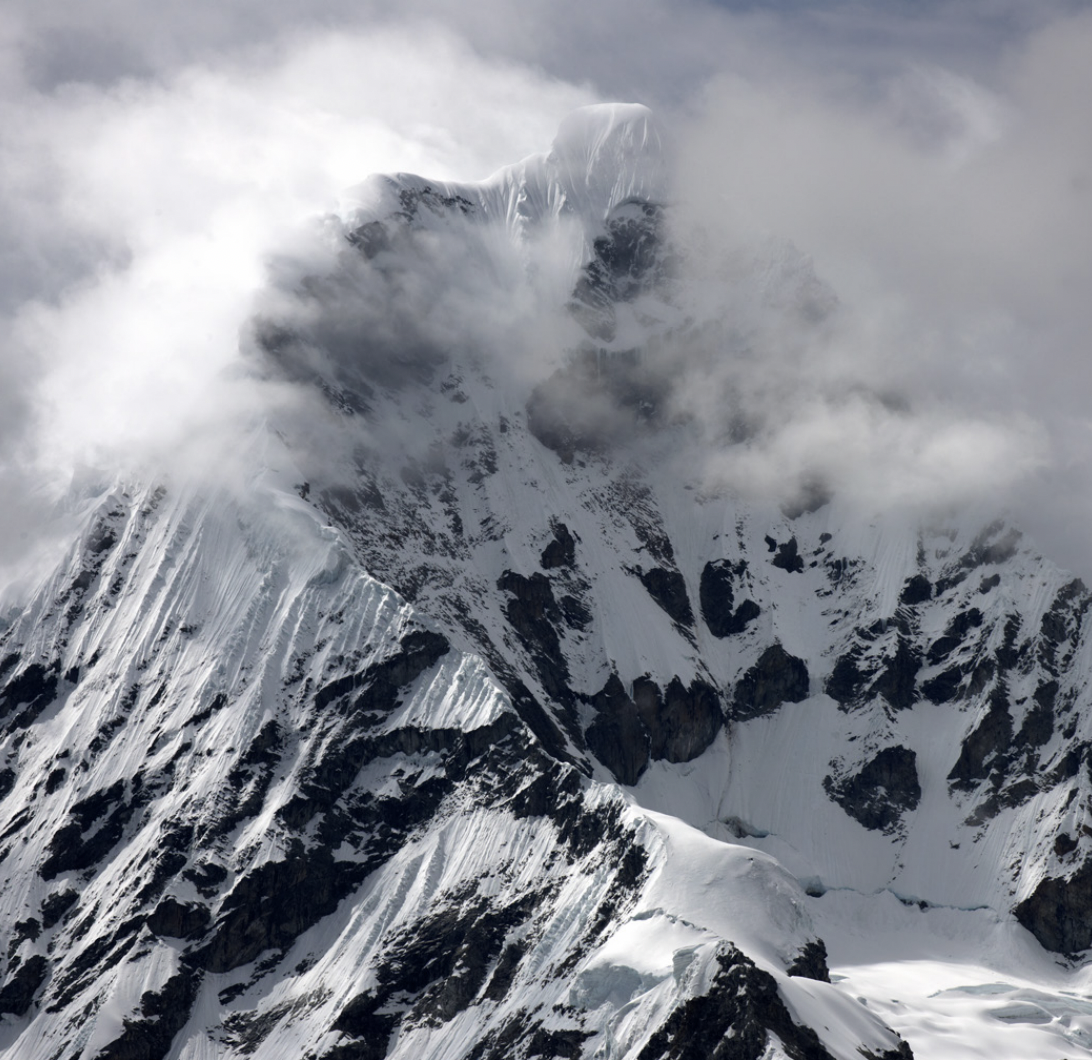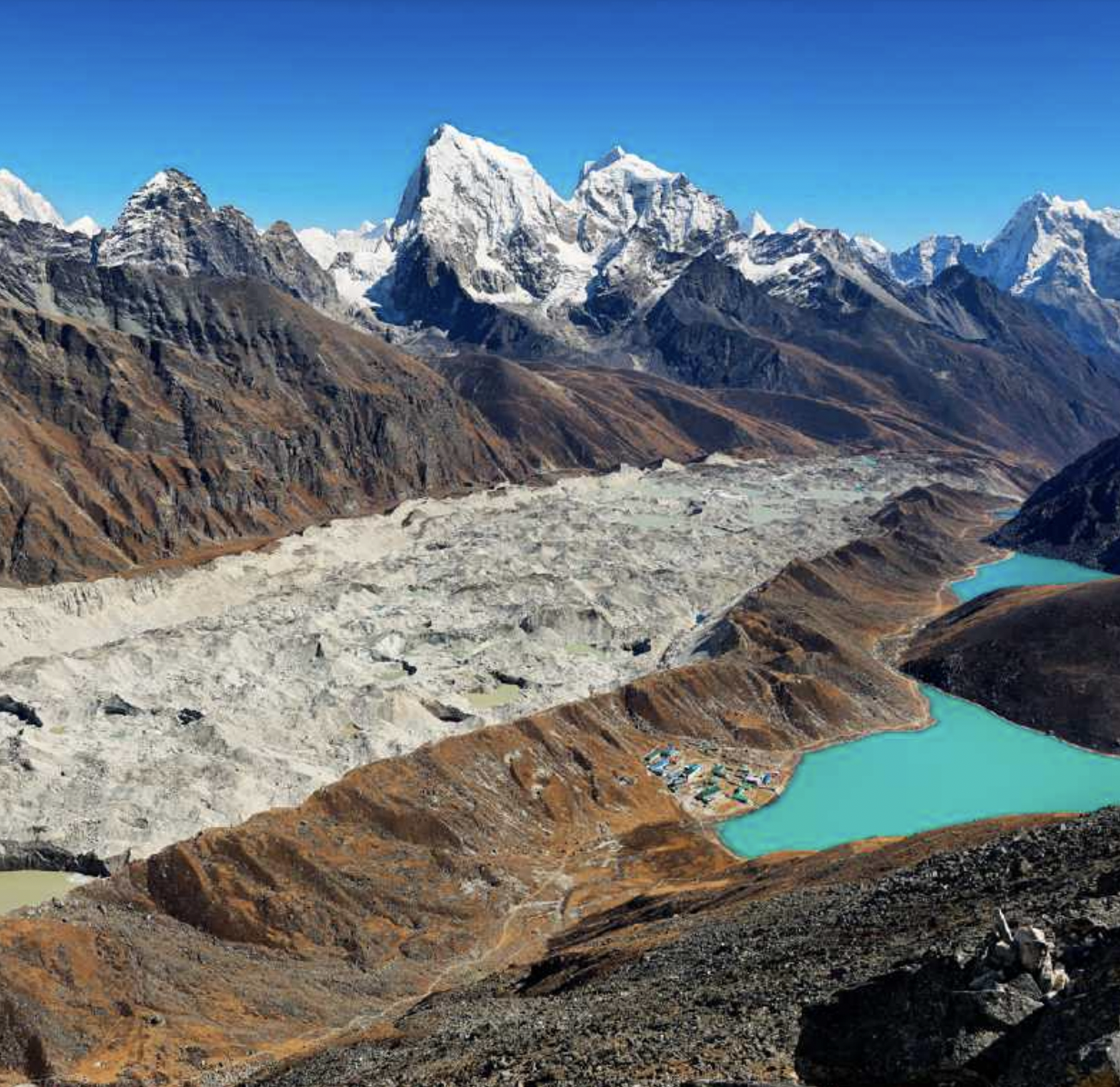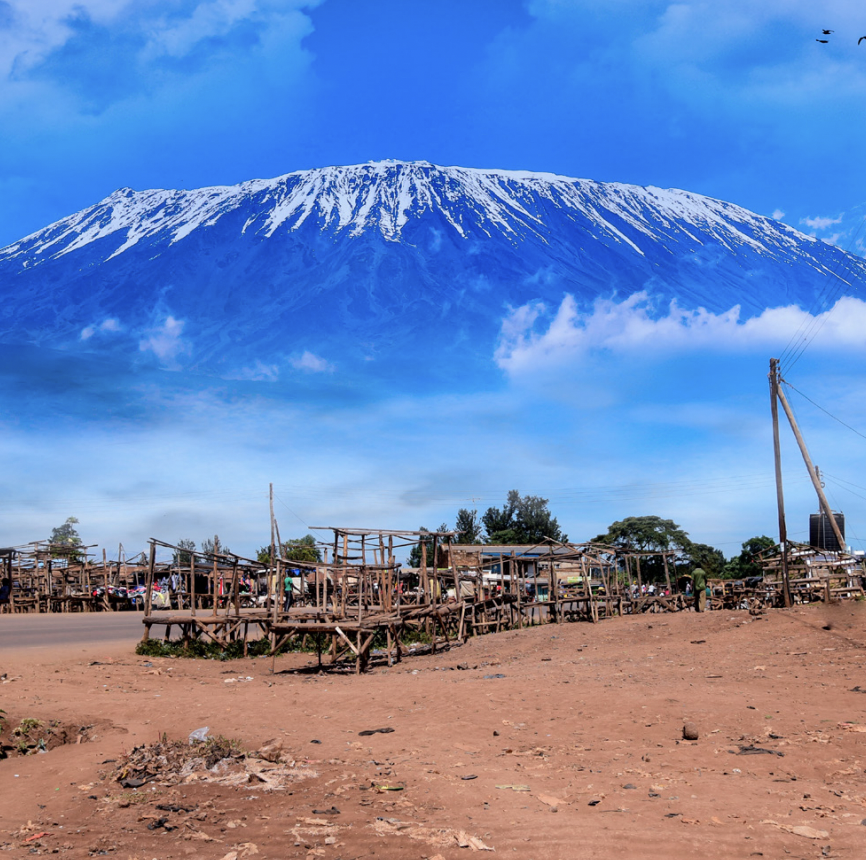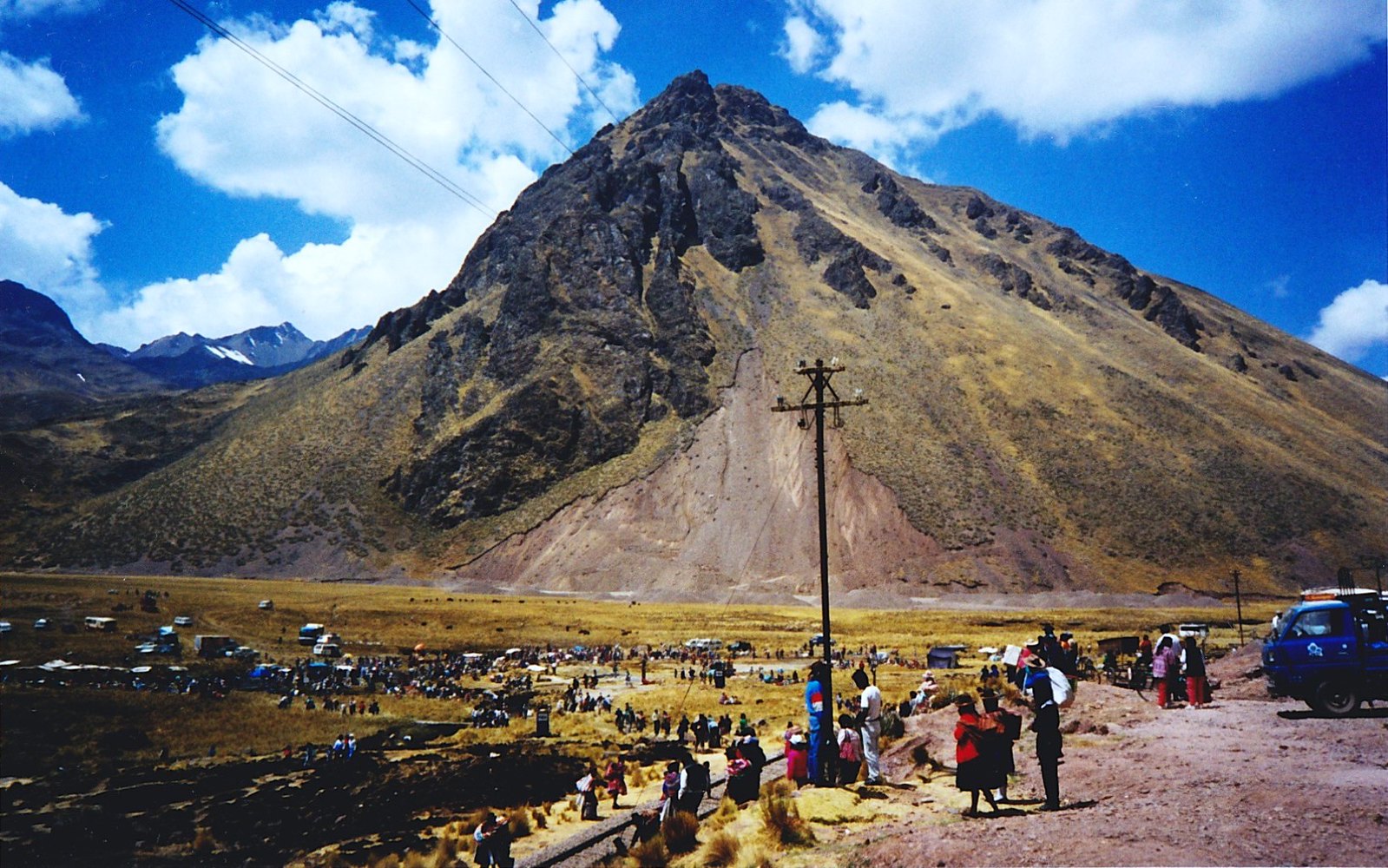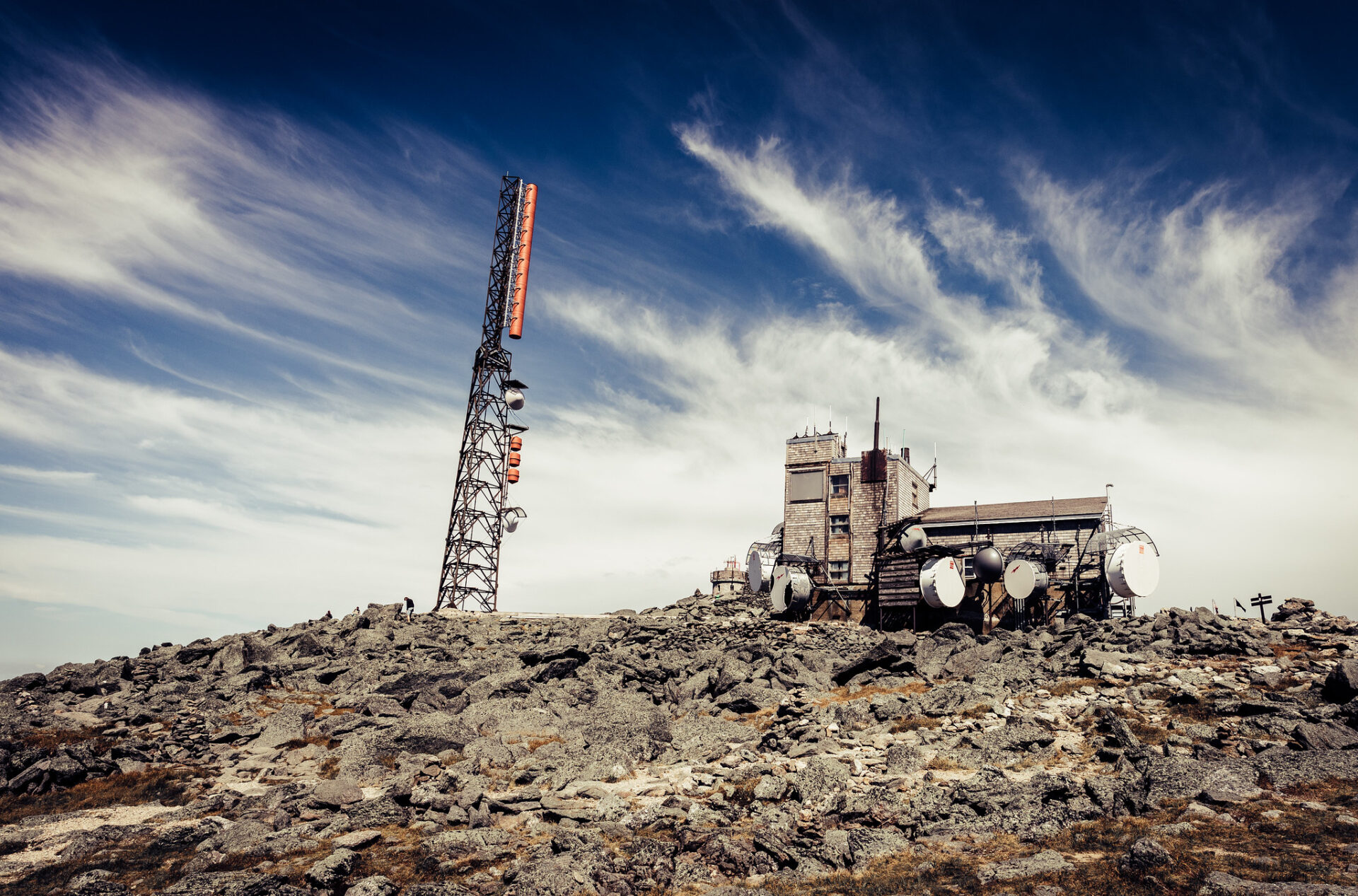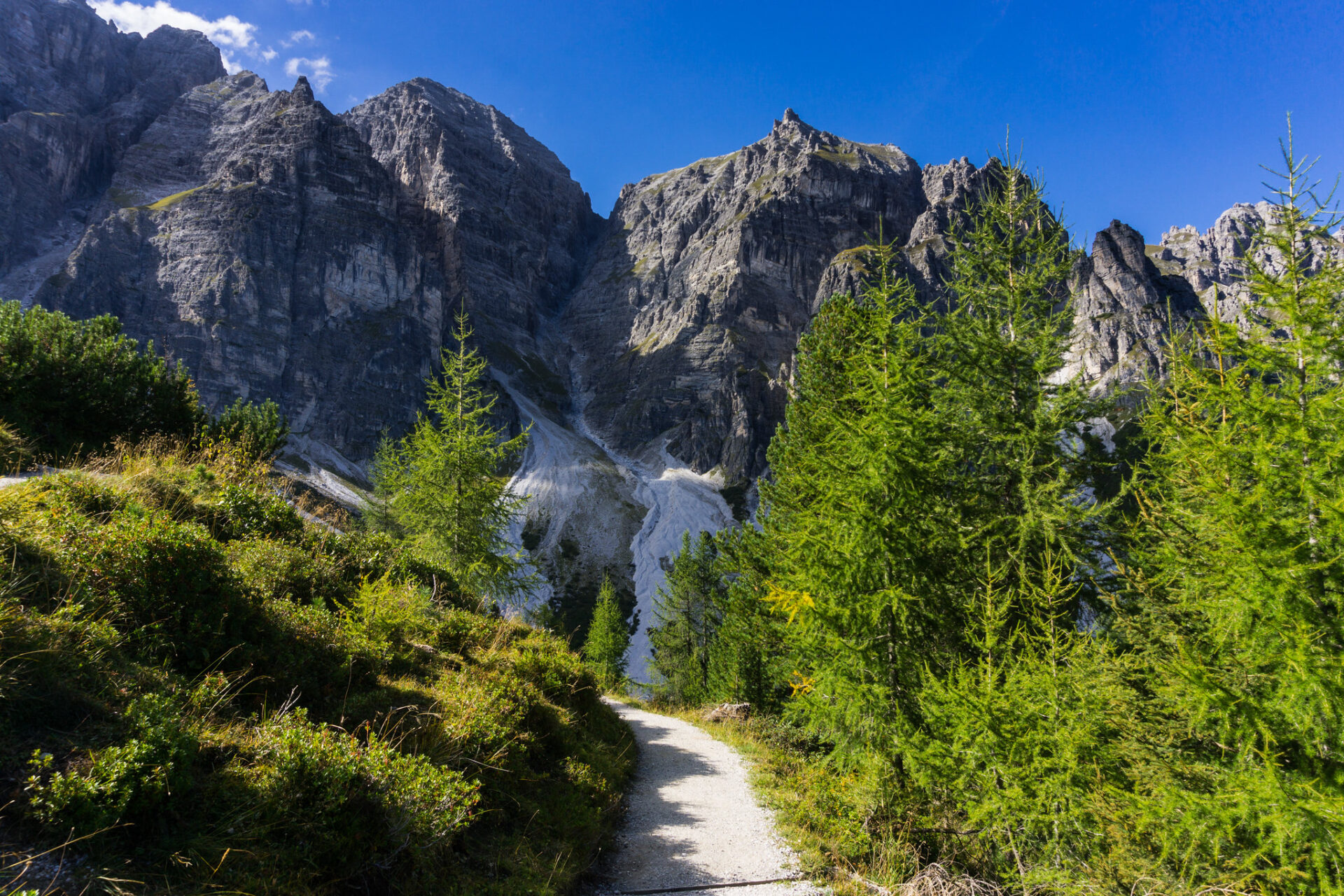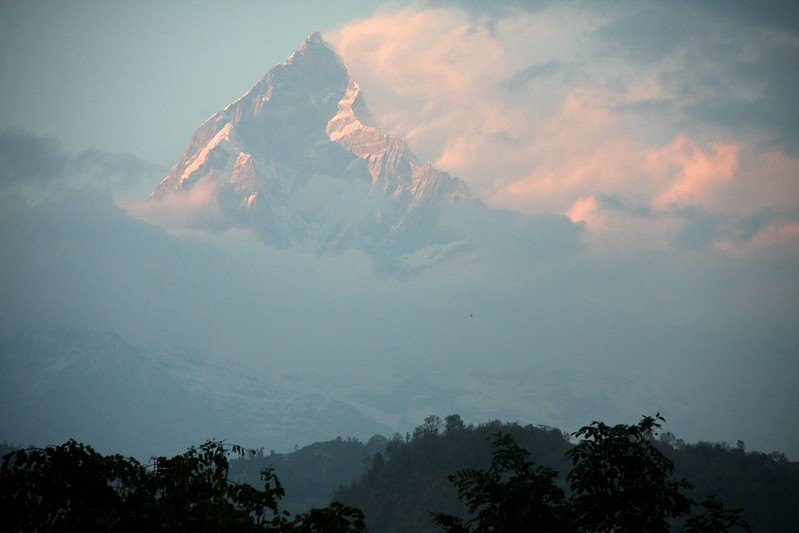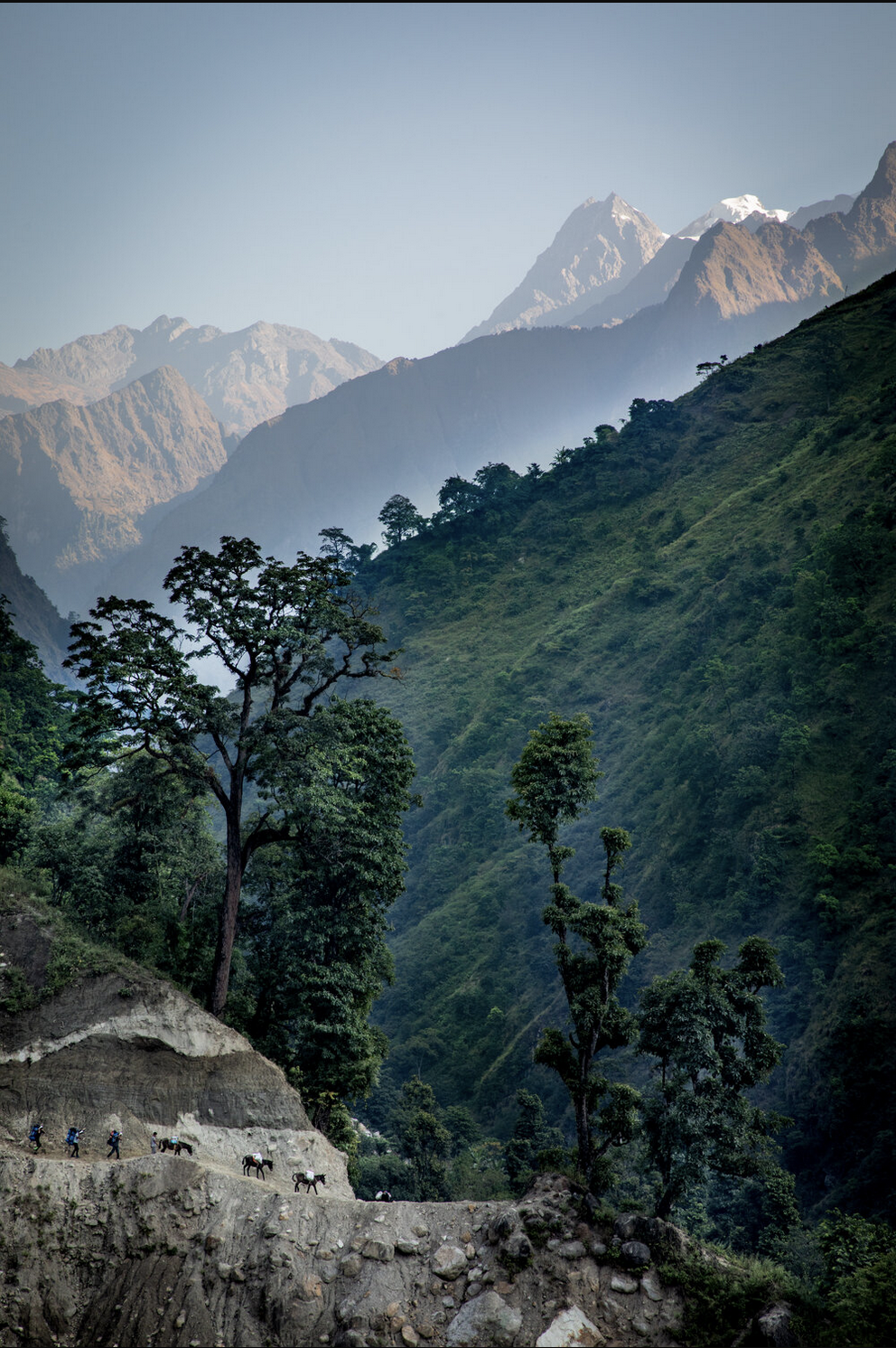high mountains
Assessment of Glacier and Permafrost Hazards in Mountain Regions: Technical Guidance Document
This technical guidance document provides a structured and comprehensive approach to hazard assessment underpinned by latest scientific understanding. It has been produced as a resource for international and national agencies, responsible authorities and private companies.
Glacial lake outburst floods: A shared risk across the Hindu Kush Himalayas
In this case study, explore how glacial lake outburst floods (GLOFs) affect the countries in the Hindu Kush Himalayas.
The IPCC’s Special Report on the Ocean and Cryosphere in a Changing Climate: What’s in it for Latin America?
This publication offers a guide to the IPCC’s Special Report on Climate Change and the Ocean and Cryosphere, prepared for decision-makers in Latin America by the Climate and Development Knowledge Network (CDKN), Overseas Development Institute (ODI), Fundacion Futuro Latinoamericano and SouthSouthNorth (SSN). This is not an official IPCC publication.
The IPCC’s Special Report on the Ocean and Cryosphere in a Changing Climate: What’s in it for South Asia?
This publication offers a guide to the IPCC’s Special Report on Climate Change and the Ocean and Cryosphere, prepared for decision-makers in South Asia by the Climate and Development Knowledge Network (CDKN), Overseas Development Institute (ODI), ICLEI-South Asia and SouthSouthNorth (SSN). This is not an official IPCC publication.
The IPCC’s Special Report on the Ocean and Cryosphere in a Changing Climate: What’s in it for Africa?
This publication offers a guide to the IPCC’s Special Report on the Ocean and Cryosphere in a Changing Climate, prepared for decision-makers in Africa by the Climate and Development Knowledge Network (CDKN), Overseas Development Institute (ODI) and SouthSouthNorth (SSN). This is not an official IPCC publication.
Políticas de Cambio Climático y las Estrategias de Adaptación de los Andes: una mirada multisectorial desde las montañas
Esta publicacion es un resumen del Conversatorio sobre “Políticas de Cambio Climático y las Estrategias de Adaptación en los Andes: una mirada multisectorial desde las montañas”. Read this article in English here.
Toward a definition of Essential Mountain Climate Variables
This article introduces Essential Mountain Climate Variables (EMCVs) which could be used to increase the utility of mountainous environmental data to both fundamental science and decision making.
Vibrant Mountain Communities Regional Development in Mountains: Realizing Potentials, Tackling Disparities
This report draws on experiences from different mountain regions to shed light on three main levers for transformation in mountain areas: inclusive planning and decision-making, equitable access to quality public services, and collaborations to spark innovation.
Climate action in the Hindu Kush Himalaya
This event provided a platform for stakeholders from the Hindu Kush Himalaya to discuss how regional collaboration can deliver ambitious climate action in the region.
Adaptation action and research in glaciated mountain systems: Are they enough to meet the challenge of climate change?
This paper evaluates adaptation action and research in light of the challenge posed by climate change in glaciated mountain systems.
